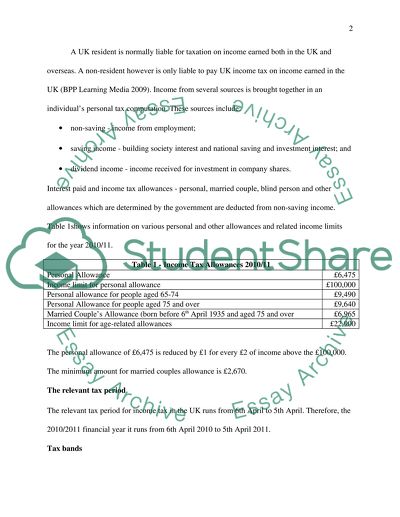Cite this document
(“UK Taxation System Essay Example | Topics and Well Written Essays - 2750 words”, n.d.)
Retrieved de https://studentshare.org/finance-accounting/1392417-the-uk-taxation-system
Retrieved de https://studentshare.org/finance-accounting/1392417-the-uk-taxation-system
(UK Taxation System Essay Example | Topics and Well Written Essays - 2750 Words)
https://studentshare.org/finance-accounting/1392417-the-uk-taxation-system.
https://studentshare.org/finance-accounting/1392417-the-uk-taxation-system.
“UK Taxation System Essay Example | Topics and Well Written Essays - 2750 Words”, n.d. https://studentshare.org/finance-accounting/1392417-the-uk-taxation-system.


